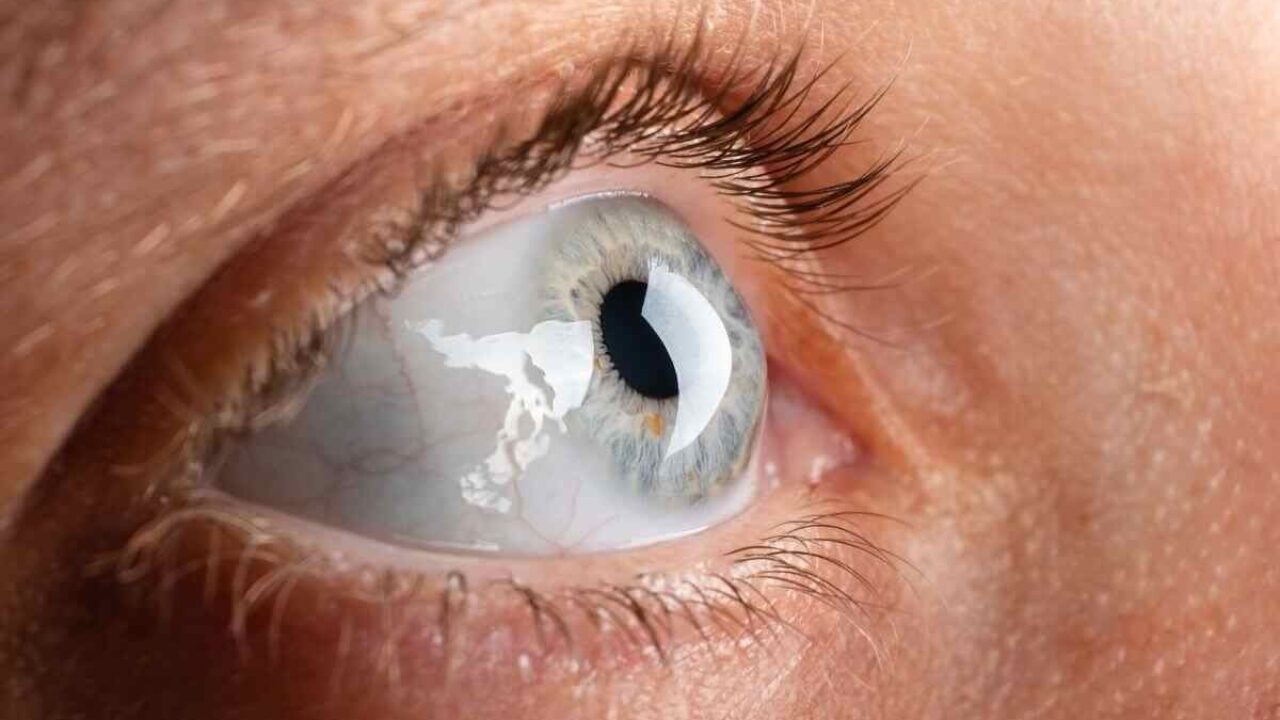Having cataracts is a fairly common medical condition especially in old age and involves minor surgery. We can say that cataract is generally a common eye disease that affects millions of people around the world. This condition is characterized by clouding of the eye’s natural lens, which can interfere with vision and cause a variety of symptoms.
How do you know if you have cataracts? The most common symptom is gradual, painless loss of vision. You may notice that colors appear washed out or that you have difficulty seeing in low light conditions. Glare, halos, or double vision may also occur. In some cases, cataracts can cause a sudden and temporary improvement in near vision, called “second sight.” However, this improvement is usually followed by a rapid decline in vision.
Having cataracts: what are the symptoms that appear?
Other symptoms of cataracts are the need for brighter light to read or do other close-up work, difficulty driving at night, and frequent changing of eyeglass prescriptions. If you experience any of these symptoms, it is important to see an ophthalmologist for a complete eye examination. During the exam, your doctor will check for cataracts and other eye conditions, such as glaucoma or macular degeneration.
Cataracts are often associated with aging, but can occur at any age. Other risk factors for cataracts are diabetes, smoking, UV exposure, and certain medications such as steroids. If you have any of these risk factors, it’s especially important to have regular eye exams to monitor your eye health and detect any problems early.
In summary, cataracts are a common eye condition that can cause a variety of symptoms, including gradual vision loss, faded colors, and difficulty seeing in low light conditions. Other symptoms are glare, halos, double vision and the need for brighter light when reading or working close up.
If you experience any of these symptoms, it is important to see an ophthalmologist for a complete eye examination. Early diagnosis and treatment can help prevent further vision loss and improve quality of life. The surgery is no longer so painful and above all the recovery times are quite rapid.
